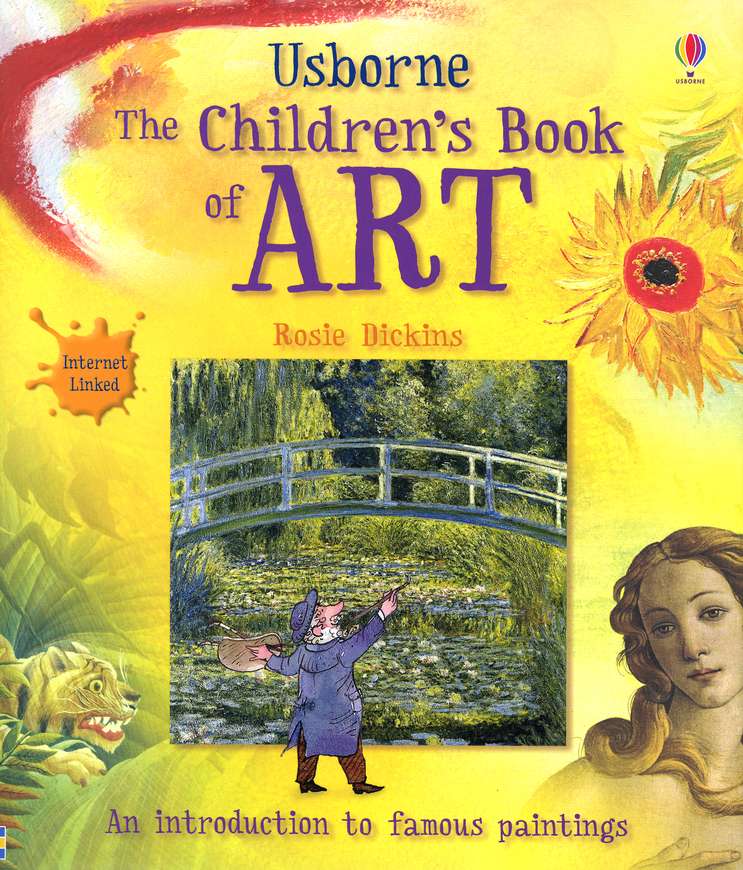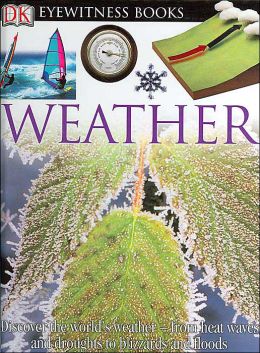This interactive bulletin board gives students the chance to expand on their creativity and transform the simplicity of a dot!
The standards that apply to the bulletin board are:
1.6.6 Respect personal work and the work of others.
1.7.1 Identify and apply elements (line, shape, texture, color, and
space) and principles (repetition and variety) in artwork.
Instructions:
1—Read the book
“The Dot.”
2—Choose a dot on the bulletin board.
Use the chalk to change that single dot into your own work of art.
Use the chalk to change that single dot into your own work of art.
3—Visit the QR codes to see famous
examples of pointillism.
Objectives:
After interacting with the bulletin
board, students will be able to…
-explain pointillism as a style of art.
-interact with the bulletin board,
using abstract thinking to transform the paper dots into a more detailed
picture.
-create their own pointillism pictures (which
will be framed in gold frames and displayed around the bulletin board).
Materials:-Paper
-Ribbon
-Chalk
-Scissors
-Markers
-2 Frames

.JPG)








.jpeg)

.jpeg)









.jpg)
.jpg)
.jpg)
.jpg)
.jpg)
.jpg)





.jpg)

